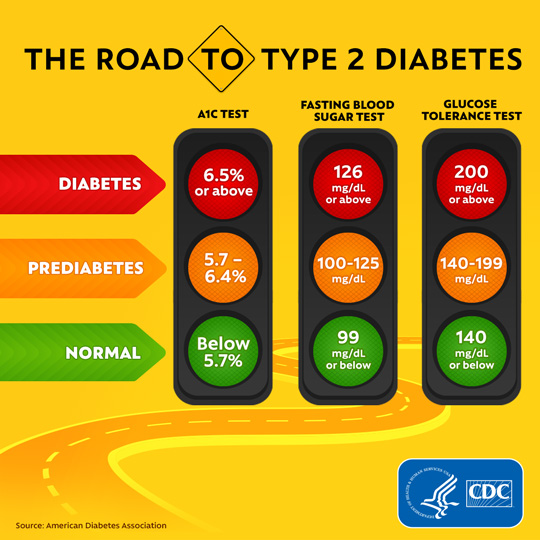Impact of Diabetes on Vascular Health

Did you know that November is National Diabetes Month? It’s a great time to have your glucose levels checked and learn more about the effects diabetes can have on your body.
Diabetes is very prevalent in the US. According to the Centers for Disease Control and Prevention (CDC), 34.2 million people in the US have diabetes (10.5% of the population). In addition, 88 million US adults have prediabetes (34.5% of the adult population).
What is diabetes?
Diabetes is a chronic condition characterized by abnormally high levels of blood sugar. These high levels of blood sugar are caused when the body doesn’t make enough insulin or can’t use the insulin it does make to convert blood sugar into energy for the body to use.
There are two different types of diabetes, type 1 and type 2.
- Type 1 diabetes is generally diagnosed in children and teens, but can develop at any age. People with type 1 diabetes are unable to make enough insulin to regulate blood sugar levels.
- Type 2 diabetes is the most common form of diabetes. According to the CDC, 90-95% of people with diabetes have type 2. Those with type 2 diabetes are able to create insulin, their bodies just aren’t able to use it.
Over time, high blood sugar levels can lead to serious health conditions such are kidney disease, heart disease, and even vision loss. According to the National Kidney Foundation, “About 30 percent of patients with Type 1 (juvenile onset) diabetes and 10 to 40 percent of those with Type 2 (adult onset) diabetes eventually will suffer from kidney failure.”
There are several different tests that are used to diagnose and monitor diabetes. Below is a graphic from the CDC indicating normal, prediabetes, and diabetes results for each test.

How does diabetes impact your vascular health?
Diabetes is a risk factor for two common vascular conditions, peripheral artery disease and carotid artery disease. Peripheral artery disease occurs when fatty deposits or plaque build up inside the vessels that carry blood to the legs and feet. Diabetes can cause an increase in plaque buildup. When severe, it can lead to disability or the loss of foot or leg to amputation.
Carotid artery disease occurs when plaque builds up inside the carotid arteries that supply blood to the head and neck. This plaque buildup causes the arteries to become stiff and narrow, making it difficult for the blood to flow normally. On some occasions, small clots can form in the artery. If these clots break off and travel to the brain, they can cause a stroke.
What steps can you take to lower your chances of developing type 2 diabetes?
While you can’t prevent type 1 diabetes, there are steps to help lower your risk of developing type 2 diabetes. The physicians at Vascular & Vein Institute of Siouxland recommend first taking this diabetes risk assessment from the American Diabetes Association.
Even if your score is low on the risk assessment, it is still a good idea to implement the following lifestyle changes:
- Keep your weight in a healthy range
- Eat a balanced diet
- Drink more water
- Get 150 minutes of physical activity per week
- Quit smoking
You Might Also Like: Improve Vascular Health With Exercise
